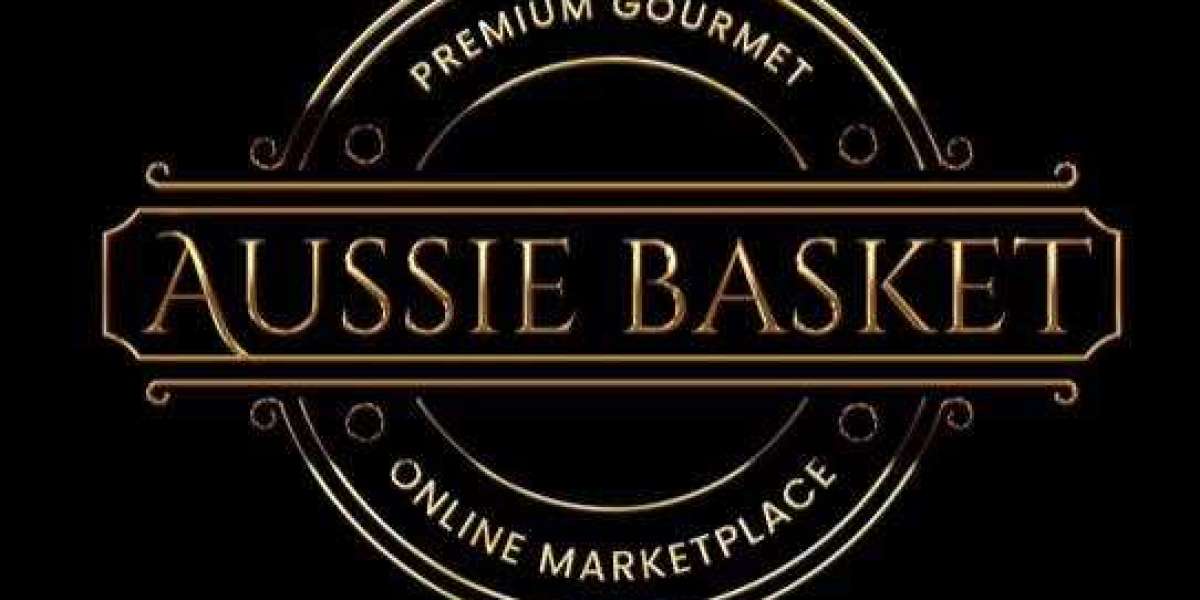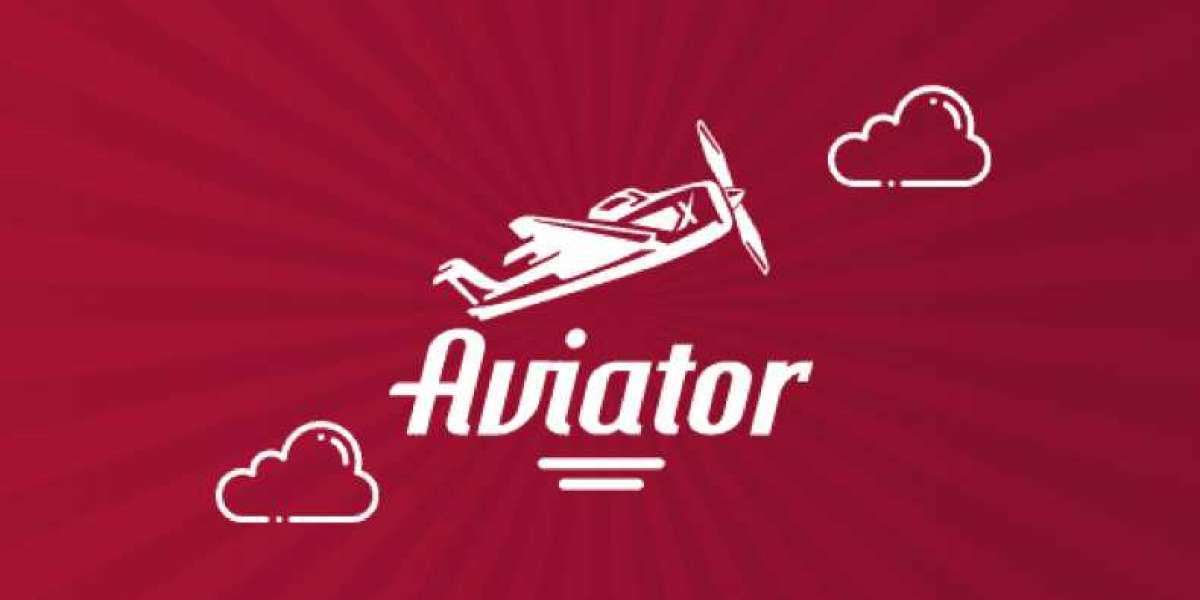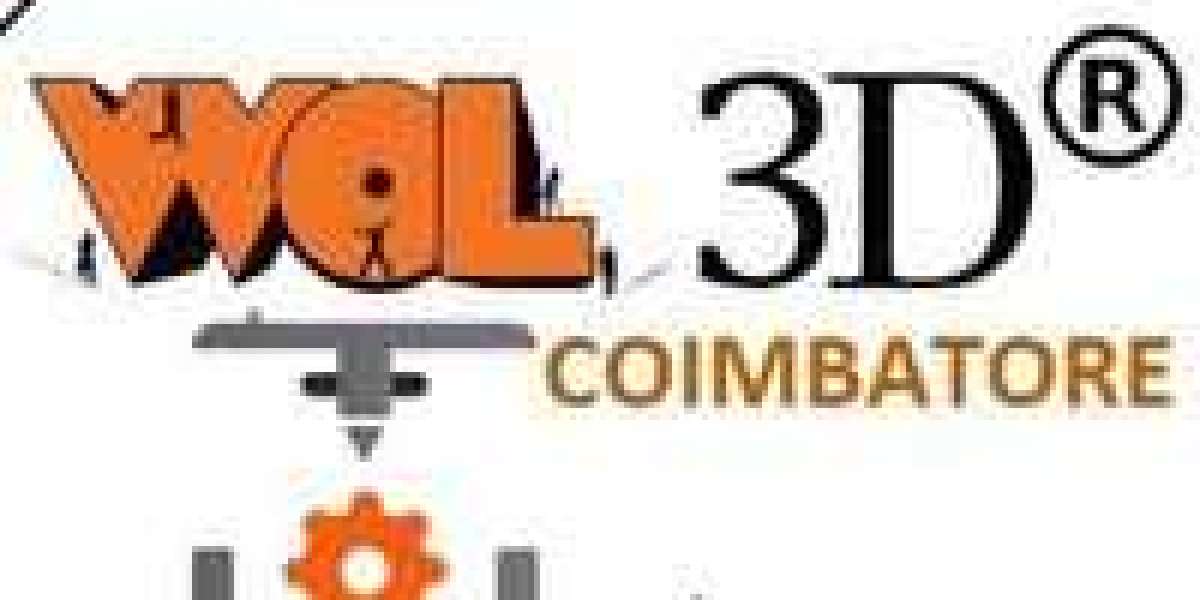Publishing a book is a significant achievement, but with the variety of publishing options available today, authors can choose paths that align closely with their goals, budget, and creative vision. In the USA, the three main publishing routes—traditional publishing, self-publishing, and hybrid publishing—each offer unique advantages and challenges, so understanding what each entails is key. This comprehensive guide explores the specifics of each publishing model, highlights leading publishing services, and provides actionable tips to help you succeed in each path.
1. Overview of Book Publishing Models
Book publishing services in the USA follow three primary models:
- Traditional Publishing: This is the most well-known path and involves large publishing houses taking on the responsibility for editing, marketing, distribution, and sales. In return, authors receive an advance and royalties but typically give up some creative control.
- Self-Publishing: This model offers complete creative control to authors, allowing them to manage all aspects of publishing, from design to distribution. Self-published authors retain more royalties but bear all upfront costs.
- Hybrid Publishing: This model combines elements of traditional and self-publishing. Authors share production costs with the publisher and retain more control and royalties.
Each model caters to different types of authors, depending on their specific needs, target audience, and marketing ambitions.
2. Traditional Publishing: Full-Service Support with Broad Reach
Traditional publishing has long been the standard in the book industry, with well-known publishers like Penguin Random House, HarperCollins, Macmillan, and Simon Schuster. These publishers manage all aspects of the publishing process, from editing and design to marketing and distribution, and provide access to established distribution networks that can increase a book’s reach.
However, traditional publishing can be a highly competitive field. Most large publishers only accept submissions from literary agents, making it difficult for authors to enter without representation. If successful, traditional publishing offers professional support and visibility that self-publishing often cannot.
How Traditional Publishing Works
Finding a Literary Agent: Many traditional publishers accept manuscripts exclusively through literary agents. Agents pitch the manuscript to editors, leveraging industry contacts to place the book in front of the right people.
Manuscript Submission: Once the agent submits the manuscript, editors review it, sometimes alongside a marketing team. If accepted, the publisher extends a book deal that includes an advance payment.
Advance Payment and Royalties: Authors receive an advance, which varies depending on the publisher, genre, and author’s platform. The advance is a payment against future royalties, which means the author will only earn royalties after the advance has been recouped through book sales.
Editing Process: The publisher assigns professional editors to work with the author on the manuscript, often including developmental edits, line edits, and final copy edits.
Design and Layout: The publishing house assigns a designer to create a professional cover and interior layout. This team ensures that the book is visually appealing and aligns with genre standards.
Marketing and Publicity: Traditional publishers have dedicated marketing teams to plan campaigns, set up book tours, arrange media appearances, and connect with reviewers. For bestselling authors, publishers may even arrange international tours.
Distribution: With established distribution networks, traditional publishers can secure spots in major bookstores, libraries, and online retailers, providing the book with broader reach.
Royalty Payments: After the advance has been earned out, the author receives royalties, typically between 5-15% for print books and up to 25% for eBooks.
Pros of Traditional Publishing
- No Upfront Costs: The publisher covers production, editing, and marketing expenses.
- Professional Support: Access to editors, designers, marketers, and publicists.
- Wide Distribution: Books are available in major bookstores, libraries, and online retailers.
- Prestige and Industry Recognition: Traditional publishing often carries more credibility, opening doors for media attention, awards, and speaking opportunities.
Cons of Traditional Publishing
- Selective Process: Traditional publishing is highly competitive; many manuscripts are rejected.
- Limited Creative Control: Publishers have the final say on the cover, title, and often elements of the content.
- Longer Timelines: Traditional publishing can take 12-24 months from acceptance to publication.
Major Traditional Publishers in the USA
- Penguin Random House
- HarperCollins
- Macmillan
- Simon Schuster
- Hachette Book Group
Most of these publishers focus on specific genres, so researching the right fit and attending writing conferences to connect with agents can be helpful for authors aiming for traditional publishing.
3. Self-Publishing: Freedom, Flexibility, and Full Control
Self-publishing has transformed the industry, giving authors the ability to control every aspect of the publishing process. With platforms like Amazon Kindle Direct Publishing (KDP) and IngramSpark, authors can independently publish and distribute their books worldwide, retaining all rights and setting their own prices.
Self-publishing suits authors who want more creative control, quicker turnaround times, and higher royalty percentages, but it also requires authors to invest in editing, design, and marketing.
How Self-Publishing Works
Editing: Authors must ensure their manuscripts are well-edited. Many self-published authors hire freelance editors for developmental edits, line edits, and proofreading.
Cover Design and Layout: Although some platforms provide design templates, many authors choose to hire professional designers to create an appealing cover and layout that meets industry standards.
Choosing a Platform: Authors upload their manuscripts to self-publishing platforms like Amazon KDP, IngramSpark, or Lulu. Each platform has unique guidelines and royalty structures.
Distribution Options: Self-publishing platforms offer options for eBooks, print books, and even audiobooks. Amazon KDP provides print-on-demand, while IngramSpark allows for wider distribution, including bookstore access.
Setting Pricing and Royalties: Self-published authors control their pricing, which impacts their royalties. For instance, Amazon KDP offers up to 70% royalties on eBooks, while print books generally have lower royalty rates.
Marketing: In self-publishing, the author is fully responsible for marketing. This includes social media campaigns, book reviews, Amazon ads, and organizing launch events.
Pros of Self-Publishing
- Full Creative Control: Authors retain full control over content, design, pricing, and marketing.
- Higher Royalties: Self-published authors can earn up to 70% royalties on eBooks.
- Quick Time to Market: Self-publishing platforms can publish books in as little as 48 hours.
Cons of Self-Publishing
- Upfront Costs: Authors pay for editing, design, and marketing services.
- Marketing Responsibility: Self-published authors handle all promotional efforts, which can be time-consuming.
- Limited Physical Distribution: Self-published books are often limited to online sales unless distributed through platforms like IngramSpark.
Leading Self-Publishing Platforms
- Amazon Kindle Direct Publishing (KDP): Known for its ease of use, KDP is the most popular platform for eBooks and print-on-demand paperbacks, with a global reach.
- IngramSpark: Offers both print and digital distribution and access to bookstores and libraries.
- Lulu: Known for customized projects, including photobooks, workbooks, and special formats.
- Barnes Noble Press: Ideal for authors focused on print and digital distribution in the BN network.
Each platform has specific strengths, so it’s wise to consider your budget, marketing strategy, and distribution goals before choosing one.
4. Hybrid Publishing: Combining Support with Independence
Hybrid publishing is a newer model that offers a balanced approach by combining the support of traditional publishing with the flexibility of self-publishing. In this model, authors share production costs with the publisher, who provides professional services such as editing, design, and marketing. Hybrid publishers like She Writes Press, Greenleaf Book Group, and BookBaby allow authors to retain a higher percentage of royalties and more control.
This option is ideal for authors who want professional support but prefer to retain some control over their work and royalties.
How Hybrid Publishing Works
Manuscript Submission: Authors submit their manuscripts to the hybrid publisher, which then evaluates the book’s market potential. Some hybrid publishers are selective, while others may accept most submissions.
Cost-Sharing Agreement: Authors either pay an upfront fee or agree to a revenue-sharing model to cover part of the production costs. Hybrid publishing costs can range widely, often depending on the level of support provided.
Professional Services: Hybrid publishers offer a range of services, including editing, cover design, and layout, ensuring the book meets industry standards.
Distribution and Marketing: Hybrid publishers provide access to distribution networks that may include online retailers, libraries, and physical bookstores. Some also offer marketing services to help authors promote their books.
Royalty Structure: Hybrid publishing royalties are generally higher than traditional publishing royalties, often between 50-80%.
Pros of Hybrid Publishing
- Professional Guidance: Hybrid publishers provide skilled editors, designers, and marketers.
- Creative Input: Authors retain more control over the editing and design process than in traditional publishing.
- Broader Distribution Options: Hybrid publishers often partner with major distributors, allowing books to reach bookstores and libraries.
Cons of Hybrid Publishing
- Upfront Costs: Authors share production costs, which can be high depending on the services included.
- Transparency Issues: Some hybrid publishers are less clear about fees and royalties, so research is essential.
Notable Hybrid Publishers in the USA
- She Writes Press: Focuses on publishing women’s voices and personal stories.
- Greenleaf Book Group: Known for high-quality non-fiction, business, and thought leadership books.
- BookBaby: Offers self-publishing packages that include editing, design, and distribution.
When choosing a hybrid publisher, carefully research their offerings, read reviews, and, if possible, speak with authors who have worked with them.
5. Choosing the Right Path for Your Book
With a clear understanding of each model, choosing the right publishing path comes down to your personal goals, budget, timeline, and marketing commitment.
Steps for Making the Right Choice
Define Your Goals: Are you seeking creative control, wide distribution, or professional support? Each model serves different goals, so align your choice with your priorities.
Consider Your Budget: Traditional publishing covers production costs, but self-publishing and hybrid options require financial investment. Ensure you have a budget for necessary services like editing and design.
Evaluate Your Timeline: Traditional publishing can take up to two years, while self-publishing offers a quick path to publication. Hybrid publishing timelines generally fall in between.
Plan Your Marketing: Marketing is essential for any publishing route. Build an author platform through social media, create a website, and engage with readers to maximize visibility.
Research Publishers and Platforms: Research each platform’s strengths, royalty structures, and distribution options to find the best fit for your book.
6. Popular Book Publishing Services in USA
Here’s a quick reference of top publishing services by model:
- Traditional: Penguin Random House, HarperCollins, Macmillan, Simon Schuster.
- Self-Publishing: Amazon Kindle Direct Publishing, IngramSpark, Lulu, Barnes Noble Press.
- Hybrid: She Writes Press, Greenleaf Book Group, BookBaby.
Each of these services has unique features and strengths, so take time to evaluate your options.
7. Tips for a Successful Book Launch
Regardless of your publishing path, a well-planned book launch is critical for success. Here are some tips:
Build an Online Presence: An author website is a hub for your book, bio, and events. Use it to gather email subscribers.
Engage on Social Media: Share updates, connect with readers, and build anticipation through social media platforms.
Run a Pre-Order Campaign: Pre-orders help generate excitement and can boost rankings upon release.
Get Book Reviews: Positive reviews increase your book’s visibility on platforms like Amazon and Goodreads.
Organize a Launch Event: Whether virtual or in-person, launch events are a great way to connect with readers and celebrate your book.
Conclusion
The book publishing landscape in the USA offers multiple paths to success. Traditional publishing provides extensive resources and reach, though it comes with limited control. Self-publishing grants full creative control and higher royalties, though authors handle all responsibilities. Hybrid publishing balances both, giving authors access to professional support and some level of creative independence.









